You might be surprised at just how many incredible benefits there are for growing lavender in your vegetable garden. As you will see below, from attracting pollinators to deterring unwanted pests, it really is the ultimate companion plant!
Most people associate lavender with store-bought scented candles, room sprays and essential oils. But you can easily grow this attractive perennial yourself and enjoy harvesting the blooms for all sorts of uses.
Like most herbs, lavender grows quite quickly when planting directly into the soil. It also performs well in pots and containers, making it easy to place and grow anywhere. Even better, since it is a perennial, you can plant it once and enjoy its beauty for several years.
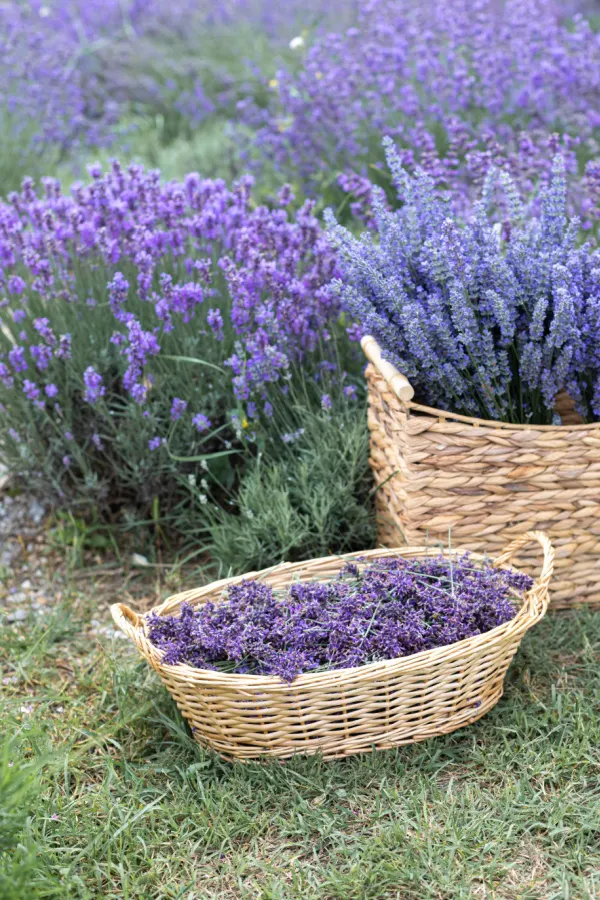
Benefits Of Growing Lavender In The Garden
Ease Of Growing – Growing Lavender In The Garden
One of the best things about growing lavender is that it is a low-maintenance herb that doesn’t take a lot of effort to grow. While it can be a bit fussy to grow from seeds, you can easily grow it from transplants.
As mentioned above, lavender thrives in most garden and raised bed spaces. It also grows well in pots and window boxes, making it a versatile herb. While it is drought resistant once established, you might need to water it a little more often when you grow it in pots.
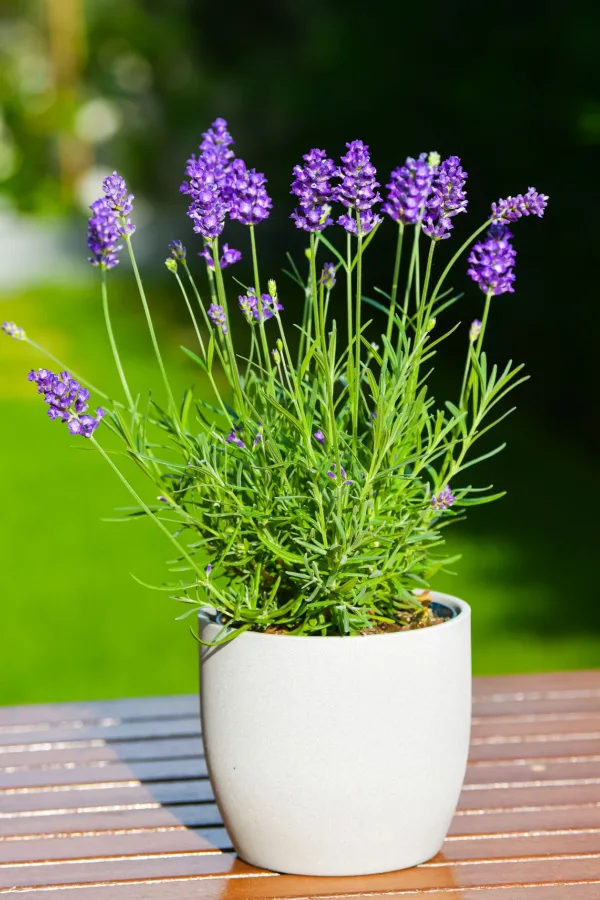
In addition, lavender is capable of growing in almost any type of soil. In fact, it actually does better in soils that aren’t full of nutrients and organic matter. The most important key is that the soil is well draining. If your soil is dense and full of clay, you need to amend the soil so that it doesn’t retain as much moisture.
Another important aspect of growing lavender is sunlight. This herb requires at least 6 to 8 hours of bright sun each day in order to produce those stunning purple blooms. In a garden setting that often receives that and more, it thrives!
Attract Pollinators – Growing Lavender In The Garden
It’s no secret that one of the most important factors in having a productive gardening season is the presence of pollinators. Whether you are growing flowers or vegetables, bees and butterflies are vital to having a successful season.
Lavender is a perfect plant to help to attract pollinators to your property. Butterflies, bees, and other useful pollinators will flock to lavender blooms. Having more pollinators in your garden means having more of your plants pollinated. That of course, means more produce!
Deter Unwanted Pests – Growing Lavender In The Garden
As much as lavender is great for attracting beneficial pollinators, it’s also great for deterring unwanted pests and insects. While its strong fragrance might be appealing to you, buzzing pests like mosquitoes will fly in the other direction to avoid the intense scent.
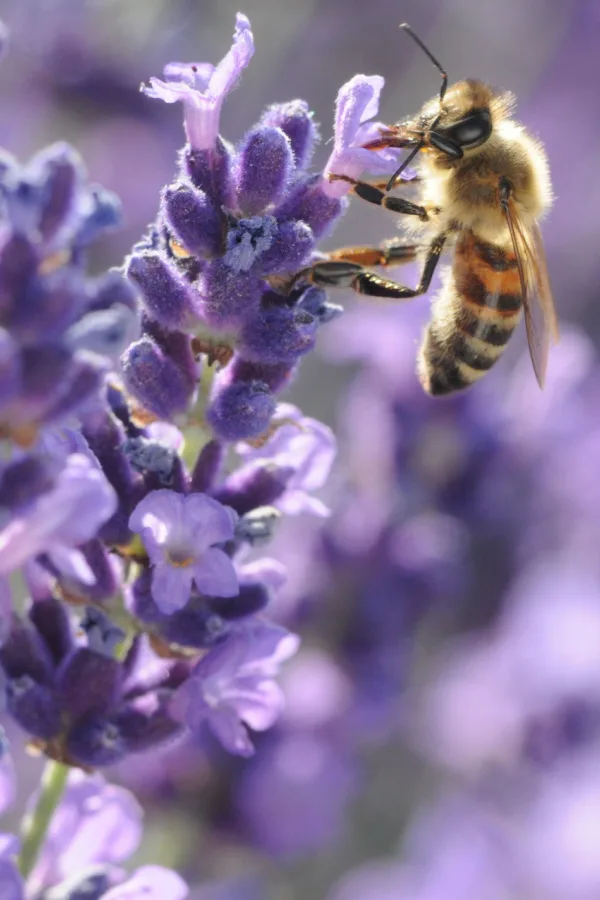
Lavender will also help to repel other bugs like flies, ticks, fleas, and moths. In fact, you will often find it as an ingredient in many natural bug repellents and sprays. It also happens to repel a wide variety of garden pests that can attack your plants.
While you can use the oils in the blooms to create your own sprays, you can also just enjoy their bug-repelling benefits by growing lavender plants directly in your garden space. Or, keep pots of lavender growing in your garden and around plants to help it remain a bug-free space.
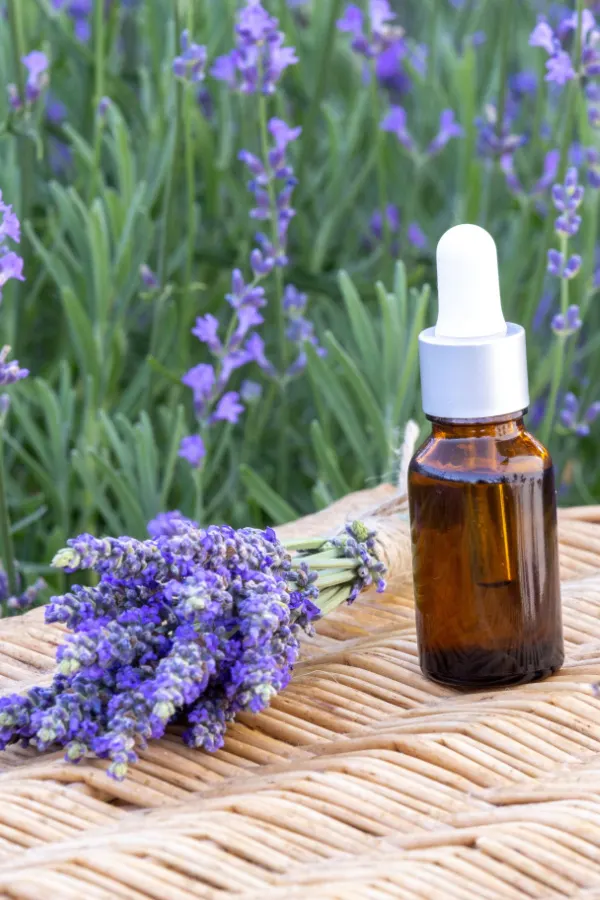
Beauty & Fragrance
Perhaps one of the best benefits of growing lavender in the garden is the amazing beauty it adds to the space! It features upright spikes of bright purple with grayish-green foliage. The pops of purple can liven up any property, but they are perfect for walkways and bordering garden spaces.
Along with being attractive, lavender is known for its amazing scent. While most other cut flowers will start to lose their aroma as they dry out, lavender will actually retain its fragrance.
Its scent is iconic for helping to bring about a calming, peaceful mindset. It’s often used to help create a perfect environment for sleeping. It is also known for helping to relieve stress and reduce the intensity of migraines.
To dry lavender, harvest the flowers right after the buds first open up. Group them into bundles and hang them upside down to dry in a location with good air circulation. Once dried, you can use the bloom as decorations or for creating crafts. You can also use them to make cleaning products, soaps, candles, and even fragrant potpourri satchels.
Used For Consumption – Growing Lavender In The Garden
The last wonderful benefit of growing lavender is that the buds are edible. You will often see lavender paired with lemon in all sorts of yummy culinary dishes. Think homemade baked cookies, cakes, and pastries. The aroma alone of those baked goods is sure to put you in a calmer, more peaceful mood – Let alone the flavor!
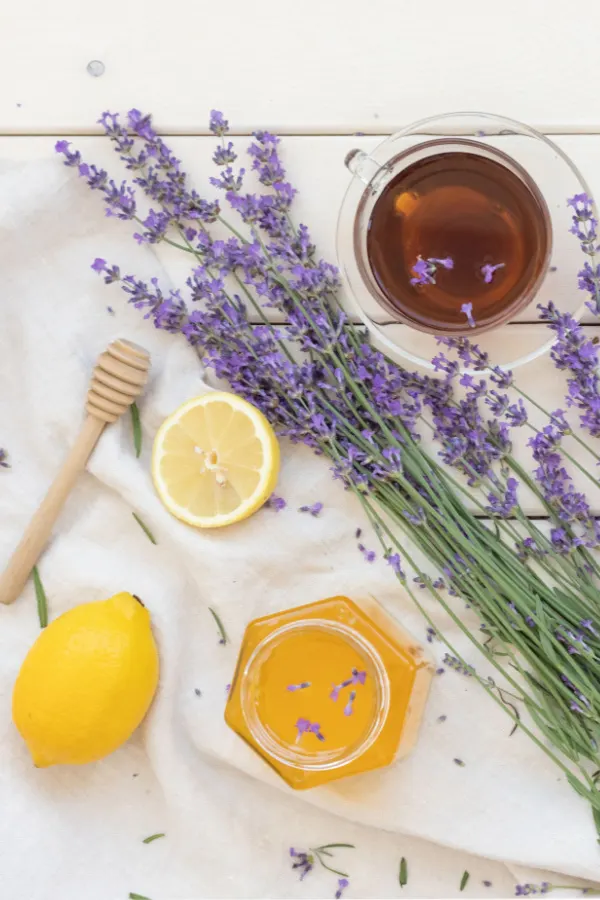
You can also add lavender to beverages like teas and lemonades. Or create a unique simple syrup to use in cocktail beverages for a fun lavender twist. You can even try lavender-infused honey, sugars, or frostings.
Just keep in mind that a little goes a long way when it comes to lavender flavors. Also, when using it for culinary uses, it is best to harvest the buds either right before or just after they open.
Varieties of Lavender
There are over 400 different varieties of lavender. You may want to do a bit of research before purchasing since some varieties are better adapted for different uses. Choose a variety that is popular for whatever your end goal is for your lavender plants.
For example, Munstead is a popular variety for creating essential oils. Hidcote Promise Compact is a great choice if you are wanting smaller plants in pots. True Lavender is a wonderful choice for using lavender in your culinary dishes as well as simply enjoying its fragrant blooms.
After learning all of these amazing benefits, hopefully you will consider adding lavender to your garden or home space this year! To learn more about caring for your lavender plants, be sure to check out: How To Prune Back Lavender In The Summer – Get Your Lavender To Bloom Again!
Follow Our Facebook Page For Even More Great Tips! Simple Garden Life Facebook Page
Simple Garden Life is a website dedicated to keeping gardening fun, simple and enjoyable! We publish two new articles each week along with a new garden podcast episode every two weeks. This article may contain affiliate links.
